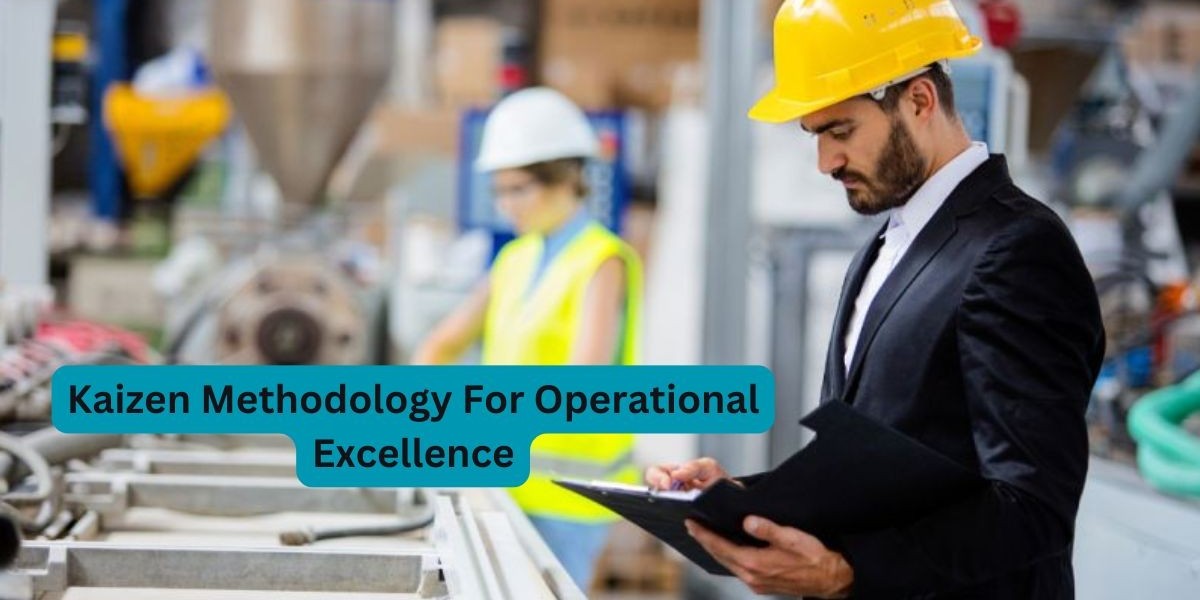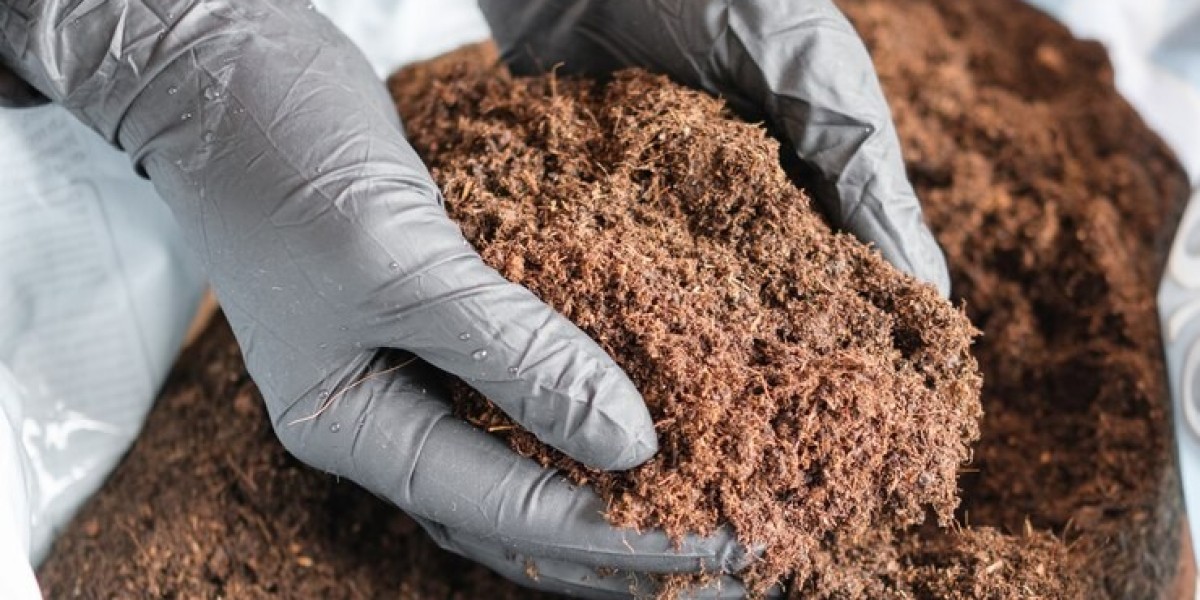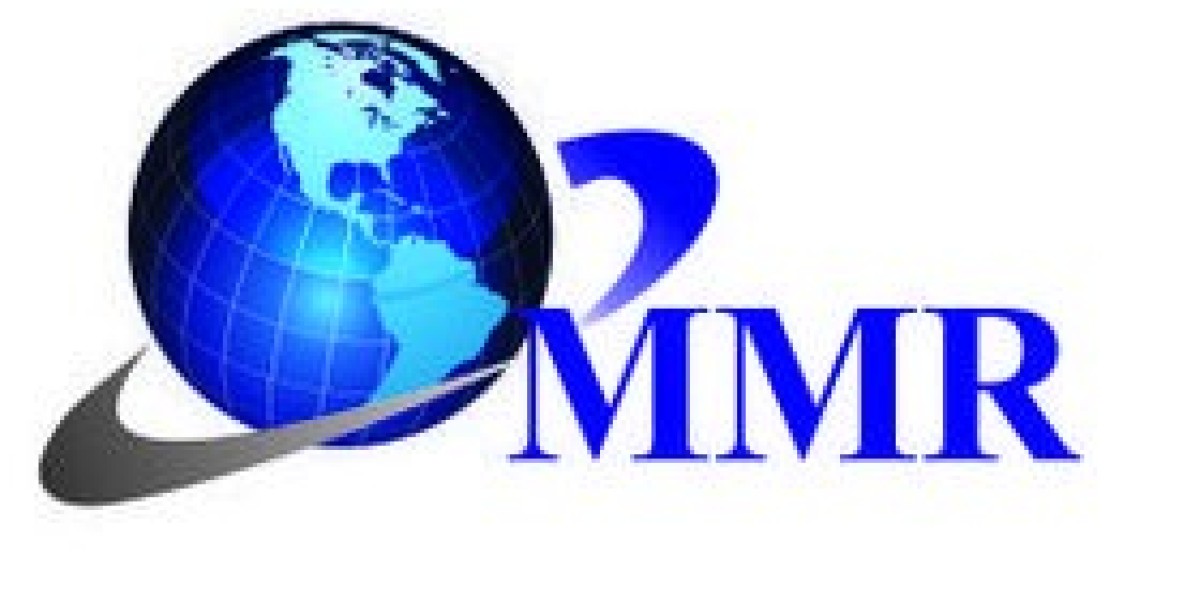Kaizen is a Japanese philosophy and concept that translates to “continuous improvement”. It focuses on small yet incremental and positive changes for sustainable growth and success in various aspects of life, including business. The philosophy is rooted in the belief and practice that small improvements made consistently over a period of time will reap significant benefits in the long run.
In the world of Business, this philosophy has been integrated with Lean strategy to evaluate performance, identify wastage, maximise productivity, drive value-oriented and meaningful results. 5S Kaizen is built on the 5 principles or pillars that offer a framework for enhancing efficiency and effectiveness in business operations. In this blog, we will break down the 5S of Kaizen and how they can propel operational excellence.
What is 5S in Kaizen?
The 5S Kaizen methodology is implemented to organise a workplace, ultimately enhancing workflow. The “S” in 5S Kaizen stands for Japanese words which are: “seiri” (sort), “seiton” (straighten), “seiso” (scrub), “seiketsu” (standardize), and “shitsuke” (sustain), more on this later. This system was developed at Toyota as part of the Toyota Production System in the 1960s to create an organised environment that promotes efficiency. These 5 “S” were later popularised and extensively documented by Japanese engineering educator and author Hiroyuki Hirano in his book 5S for Operators: 5 Pillars of the Visual Workplace (1996). The 5S framework when leveraged effectively saves search time and enables access to material and information required to work.
The 5 pillars of Kaizen improve efficiency, safety and establish order in the workplace. These five principles are crucial in building and sustaining a culture of continuous improvement, implementing standardisation, enhancing employee productivity, and leading to operational excellence.
Let us understand the 5S Kaizen method in detail:
First Pillar: Seiri (Sort)
The first pillar or principle of 5S Kaizen is Sort or Seiri in Japanese. It involves segregating what is required at the workplace from what is deemed wasteful or unnecessary. This process includes removal of clutter, items, supplies, materials or equipment from the workplace that does not serve any purpose, and is only occupying space.
Sorting enables quick search and retrieval of items that are deemed worthy and necessary for completing a task. This practice eliminates any time wastage which otherwise goes into searching for the item/equipment required for work, leading to enhanced efficiency.
Items that cannot be disposed of immediately can be marked with a red tag and assigned to a “red tag area” for evaluation over a trial period to determine their necessity. The sorting process also identifies any item or equipment which can pose potential safety risks or workplace accidents in the future and ensures their removal before any mishap occurs.
Second Pillar: Seiton (Set in Order)
The second step in the 5S Kaizen process is to organise a workspace by placing essential items, materials or solutions for maximum efficiency. This step enables workers to easily locate and access tools and equipment when required. The items are organised on the basis of regular usage, weight, quantity and size. They can be either labelled or colour coded and kept in an accessible location, whereas the less frequently used items can be kept in storage. By assigning a designated place for every item, the tool or material can be retrieved as and when required, as everything is kept in its proper place and labelled.
In other words, this principle reduces the time spent by a worker in searching for tools and equipment which they can use in working on more valuable tasks, leading to enhanced operational efficiency. The “Set in Order" pillar of 5S Kaizen, reduces frustration and delays caused by disorganisation and enhances productivity and workflow.
Third Pillar: Seiso (Shine)
The third step or principle in 5S Kaizen emphasizes cleanliness in the workplace. A clean and well-maintained work environment enhances productivity and boosts morale. Seiso focuses on creating a culture and proactive approach to maintaining cleanliness in the workplace. It further involves using visual cues, such as checklists, posters, or banners, to motivate workers to manage cleanliness effectively in the workplace. The purpose of Seiso is to incorporate cleaning into the daily routine rather than treating it as a separate activity.
Regular cleaning and maintenance of equipment and tools minimise wear and tear. It further promotes workplace safety and hygiene and prevents sudden equipment failures. This creates a safe and enjoyable work environment, instils confidence, and creates a positive impression in the minds of workers and other stakeholders.
Fourth Pillar: Seiketsu (Standardise)
The fourth pillar of 5S Kaizen is Standardised or standardization which provides a strong base for maintaining and upholding the first three pillars. Without a set standard, it is easy to fall back into the same patterns and old habits and lose the benefits of 5S in the workplace. This step includes setting SOPs, developing schedules, maintaining checklists for sorting tools and materials, and tasks related to organising and cleaning. By adhering to consistent standardisation practices, the focus remains on keeping the workspace organised, clean and clutter-free.
To effectively implement Seiketsu, businesses need to conduct audits, provide training to their employees, deliver feedback, and ensure they understand, follow, and uphold the set standards. This training also ensures that everyone in the organisation is on the same page by maintaining consistency across the organisation and reaping the advantages of the 5S principles of Kaizen.
Fifth Pillar: Shitsuke (Sustain)
Lastly, the fifth and final principle of 5S Kaizen is Shitsuke or Sustain—and as the name suggests, it involves creating and sustaining the culture of continuous improvement. This step ensures that the first four principles get deeply embedded into the company culture and becomes a regular part of daily business operations. Shitsuke promotes strong adherence to the 5S principles as norms rather than some outwardly exercise.
This principle can be implemented by conducting regular audits, celebrating successes and practices of employees who adhere to norms and providing valuable feedback. These small steps enable employees to intuitively perform and maintain the 5S pillars, thereby creating a culture of excellence where everyone strives to be better and improve business operations. The benefits of Shitsuke reinforces the culture of continuous improvement and prevents backsliding into old habits and patterns.
Benefits of 5S Kaizen for Business:
Here are the top benefits of adopting and implementing 5S Kaizen in your business:
- Improved Efficiency and Productivity: Working in an organised and streamlined workspace eliminates time wastage and reduces effort. It encourages employees to look for ways to minimise wastage and maximise productivity across all departments.
- Cost Savings: When materials are set in order and equipment is well-maintained---it allows workers to save their time and focus on the task at hand, improving productivity. The reduced waste and enhanced productivity levels of employees translate to effective cost savings.
- Employee Engagement: 5S Kaizen methodology helps employees to become more engaged as it directly impacts their quality of work, and productivity, and reduces efforts. Companies by engaging employees in implementing and sustaining 5S principles offer them a sense of ownership and personal responsibility.
- Improved Safety and Security: Kaizen encourages practices to reduce waste (such as unnecessary movement of goods or equipment). This reduces the chance of accidents and ensures safety. Regular maintenance and clean equipment are less likely to break down and minimise the risk of equipment-related accidents.
- High Quality: 5S Kazine methodology enables businesses and their employees to implement standard practices and deliver more consistent and favourable outcomes.
Summary
In summary, the 5S kaizen methodology is an effective tool to achieve operational excellence within an organisation. With effective implementation and sustenance of 5S principles in the workplace, businesses can gain new levels of efficiency, effectiveness, quality, and safety. Irrespective of whether you operate in the healthcare, pharmaceutical, FMCG, or manufacturing sector, adopting 5S Kaizen practices significantly enhance your business operations and drive measurable results.
To learn more about 5S Kaizen and lean consultancy, click on the link below:


